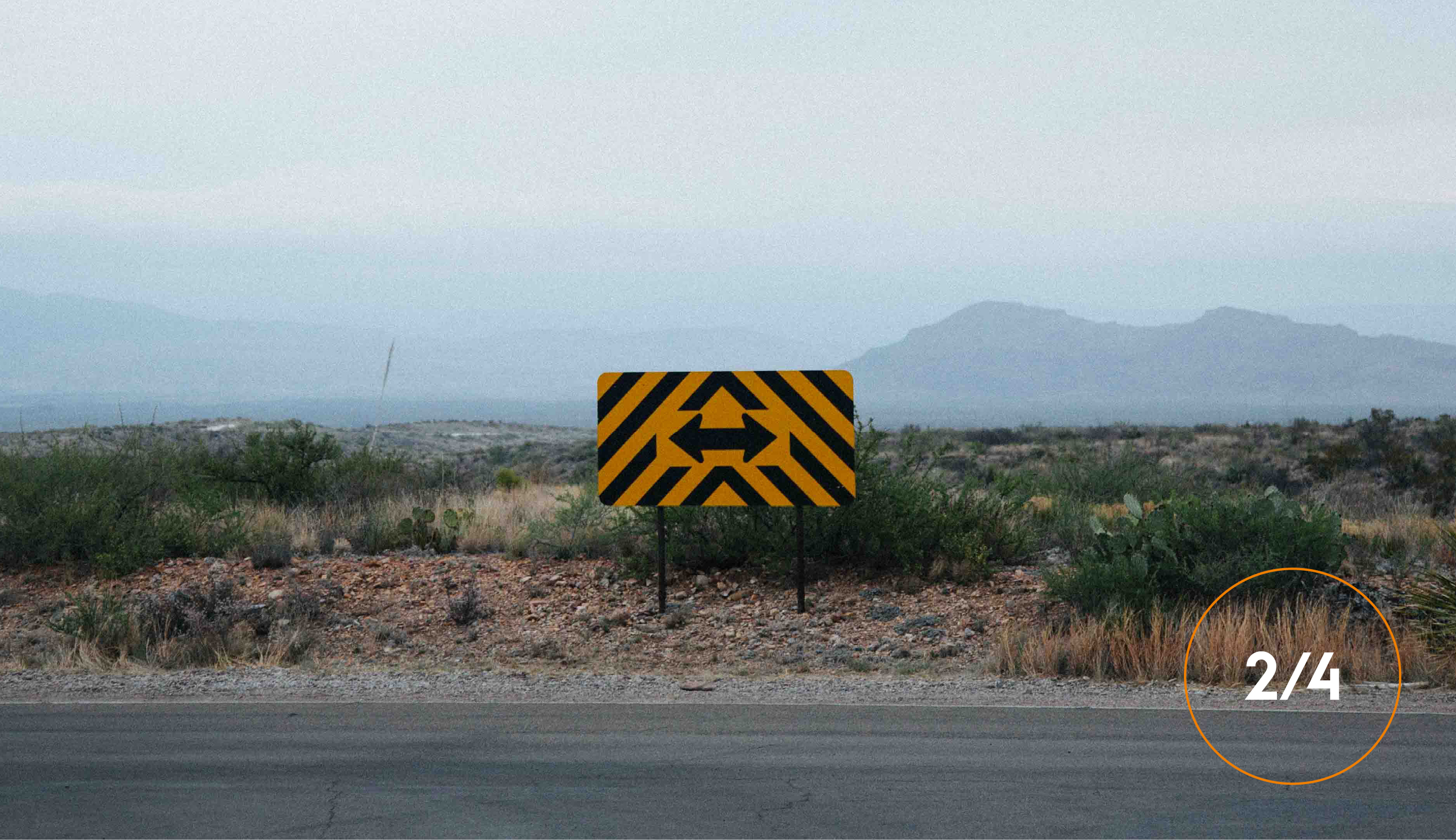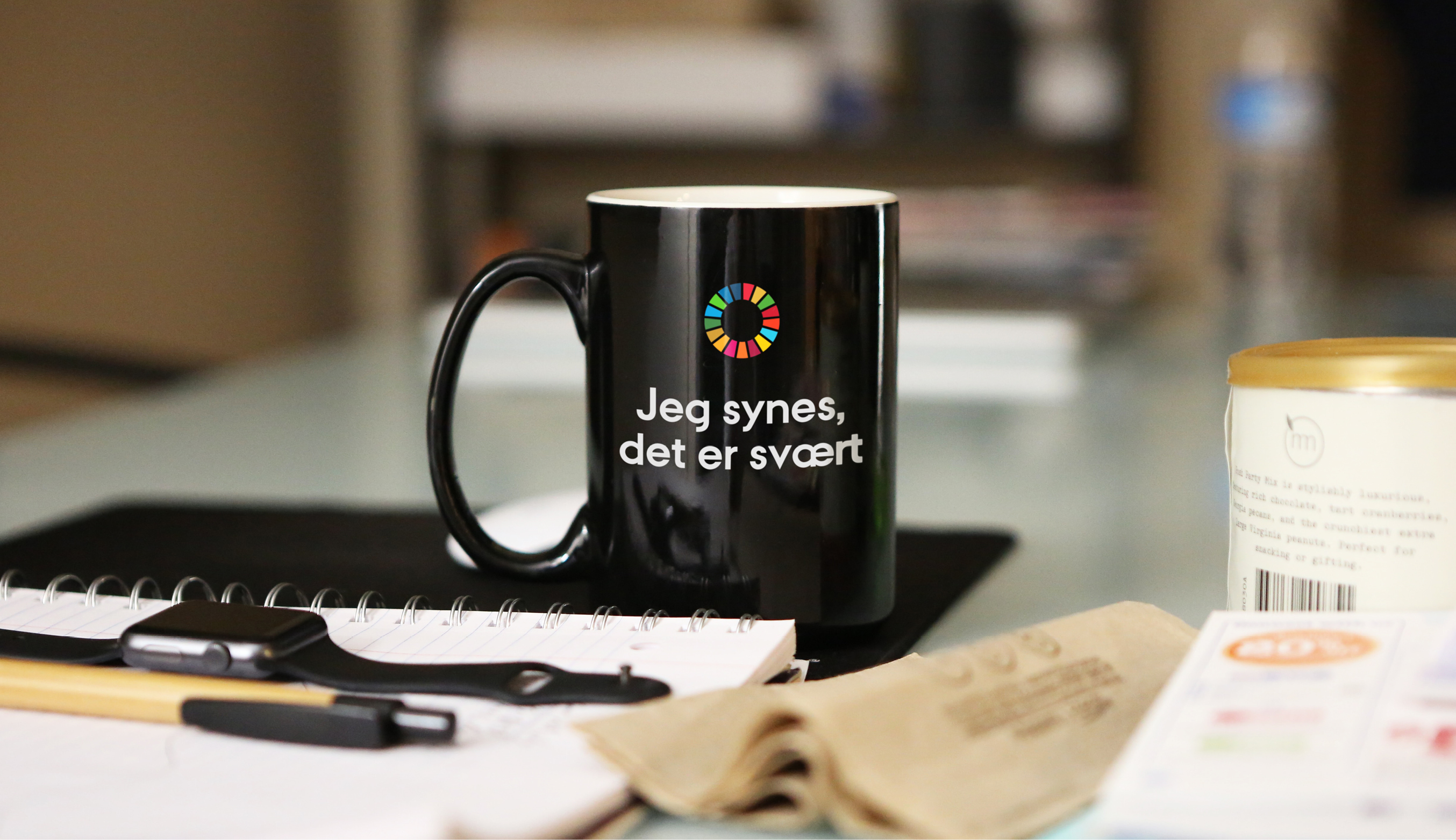Although we know that more and more consumer and customer segments have a growing interest in sustainability, the road towards sustainability can be bumpy for SMEs when it comes to consumers.
Companies that market products related to sustainability have an advantage, but to make sustainable products good business, consumers need to know what is in it for them personally.
“Companies must combine these two aspects in their strategy and provide an answer to why the product is good for the consumer and the planet. Although you may be in favour of sustainability as a consumer, you will weigh the pros and cons in the actual purchase situation and sometimes make a conflicting choice. You want to know what’s in it for me? Perhaps you cannot really afford to pay extra for the sustainable product, but if you are told how you will benefit, you are more likely to go for the product,” says Professor Jessica Aschemann-Witzel, who, among other things, conducts research into consumer behaviour in relation to food waste and alternative proteins.
Open window for SMEs
If we are to solve the climate challenges, we need to make sure that consumer behaviour changes in tandem with innovation. We already have a lot of technological solutions and products that can have an impact on sustainability, but if only a few people are buying them, it makes no real difference. According to Jessica Aschemann-Witzel, SMEs currently have an open window of opportunity, as we might be approaching a so-called ‘society tipping point’ in terms of sustainability. Just a few years ago, caring about the environment and sustainability was a rarity. Today, however, we are much more aware of the issue, which has become politically correct. This means that consumers are changing their priorities e.g. in terms of their everyday purchases. Social norms are also changing. And when everyone is talking about it, behaving in a more sustainable manner suddenly becomes a status symbol.
“We might be close to a tipping point when it comes to sustainability. We saw the same thing happen to organic consumption 10 or 20 years ago. If the tipping point happens, sustainability becomes mainstream and this is what it takes to achieve results,” she says.

It is complicated, but you just have to roll up your sleeves and get started. Because: There is no business to be done on a dead planet
Jessica Aschemann-Witzel, professor, MAPP Centre, Department of Management, Aarhus BSS
Honest communication
This is a good time for SMEs to communicate how they are working with sustainability. And not least to do so in a suitably varied and honest fashion in relation to their entire value chain. Working with sustainability is often a trade off between several things. At the moment, there is a strong focus on eliminating plastic waste, but perhaps your company would waste even more products by reducing the packaging. In turn, this might have a more detrimental effect on the environment than using plastic.
“For that reason, it is important that companies do not just follow the public opinion headlessly and do what consumers demand at that particular point in time. Not only could this be bad for business, it could also backfire, because the truth is bound to come to light. One day an NGO might point out that the company is actually polluting more by not using plastic. As a company, you thus need to stick to the facts and carefully explain your actions to the consumer,” says Aschemann-Witzel.
All companies need to consider all 17 goals
At the same time, one of the challenges of the 17 Sustainable Development Goals is that they must all be met if you are to achieve proper sustainability. This means that all companies need to consider all 17 goals. However, although it is not realistic to work with all of them, it is no good to work with just a few of them either. For example, a hospital cannot just concentrate on goal number three concerning good health and well-being, but also needs to consider the use of plastic, water and other resources. Small companies cannot know everything and do not have the resources to work with inequality, health, consumption, etc. However, as a company you could start with the goals that relate to areas where you pollute the most, and where you could make the biggest changes. Then you could proceed from there and make a plan for what you can do here and now, later in the year, next year, etc.
“However, you should definitely refrain from working with just a few isolated goals, because then you fail to achieve sustainability. That’s the tricky thing about the Sustainable Development Goals,” notes Aschemann-Witzel.
“For example, if a textile producer has met 16 out of the 17 Sustainable Development Goals, you might think that the company is close to being completely sustainable. However, if the one goal missing is number 12 concerning sustainable consumption and production, they company has not come very far after all. So the success rate completely depends on what you do,” she explains.
No business on a dead planet
For that reason, it is also a truth with modifications when Denmark - according to Aschemann-Witzel – is often hailed as being the world champion of the Sustainable Development Goals.
“Denmark has a number of efficient technologies in the field of sustainability, and here we are rather unique. However, in terms of resource consumption, Denmark fails to come out on top,” she stresses and refers to a new study ***, which explores the relationship between how well almost 150 countries provide for their citizens and how many resources the countries use.
“Not a single country succeeds in achieving what the researchers call a “safe and just space” where citizens enjoy a high quality of life within a sustainable framework - not even Denmark. We are very good at providing for our citizens, but we are using too many resources. And thus, quantity is not enough. All Sustainable Development Goals are interrelated, and the consumption of resources has a particularly significant impact on sustainability as a whole,” she says.
For SMEs, it can be a challenge to find the financial resources to work with all the goals, but Jessica Aschemann-Witzel argues that companies could benefit from collaborating with their competitors in the same business in order to establish joint industry standards. This would also make it easier to call for political regulations that allow companies to run their business and protect the environment at the same time.
“It is complicated, but you just have to roll up your sleeves and get started. Because as they say: There is no business to be done on a dead planet.”
Note:
1) O’Neill, D.W., Fanning, A.L., Lamb, W.F., and Steinberger, J.K. (2018). A good life for all within planetary boundaries. Nature Sustainability 1, 88-95. doi: 10.1038/s41893-018-0021-4



